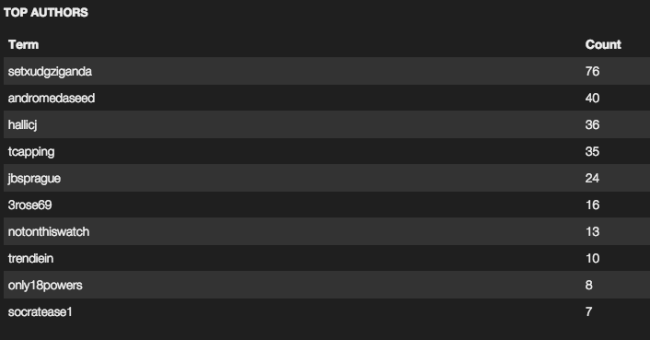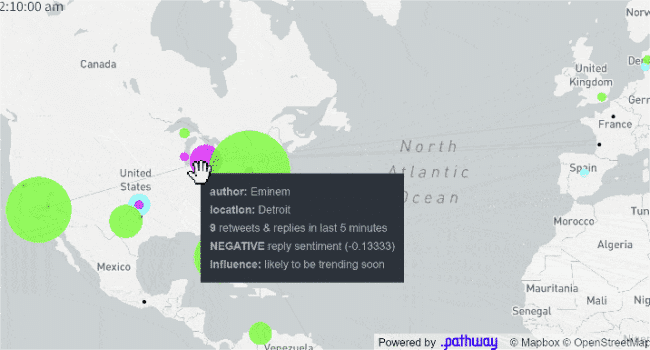Steps to perform Twitter sentiment analysis
1. Collect Twitter data
Collecting information from Twitter must take into account both current tweets and historical tweets.
Data from current tweets can be used to track keywords or subject tags in real time, and data from historical tweets is valuable for comparing sentiment across time.
2. Prepare the data
After selecting relevant tweets for sentiment analysis, it's time to prepare the data. It is important to manage the data when selecting it to perform a study or sentiment analysis. The better the quality of the selected content, the better the results will be.
Irrelevant information or content needs to be removed, such as emojis, extra spaces, irrelevant quotes, etc. For example, as part of the preparation, an in-depth investigation should be conducted to exclude duplicate or bot-generated tweets.
3. Sentiment analysis of data
Tweets that qualify for quality research can now be submitted to sentiment analysis tools for investigation.
Visualization of results
Sentiment analysis exposes the data obtained by generating KPI results through graphs. There are two distinct approaches to visualizing real-time analytics - basic text analytics or geospatial real-time analytics.
Real-time Basic Text Analysis
Analyzing text and sentiment ratings in tweets in real time is a challenge because you have to process and rate the data in a streaming fashion. Generating influencer dashboards in this use case is also basic, as other data points such as "location" and influencer ranking are not considered here.

Real-time Geospatial Analytics
For global brands, it's important to know what's happening globally. Brand reputation can be managed through regional representation and communication protocols, with a focus on customer expectations. Understanding "outbreaks" and trends in a Google-like mapping interface makes it easy to understand how different customers in different regions and cultures are interpreting events. This can quickly become very complex as you deal with streaming data (text and geospatial data), machine learning and reactive dashboards.

銆怤etwork Security銆戔棌9 popular malicious Chrome extensions
【Dark Web】●5 Awesome Dark Web Links
【Artificial Intelligence】●Advanced tips for using ChatGPT-4
銆怰esources銆戔棌The Achilles heel of AI startups: no shortage of money, but a lack of training data
銆怰esources銆戔棌The 27 most popular AI Tools in 2023
【News】●AI-generated fake image of Pentagon explosion goes viral on Twitter
銆怬pen Source Intelligence銆戔棌5 Hacking Forums Accessible by Web Browsers



